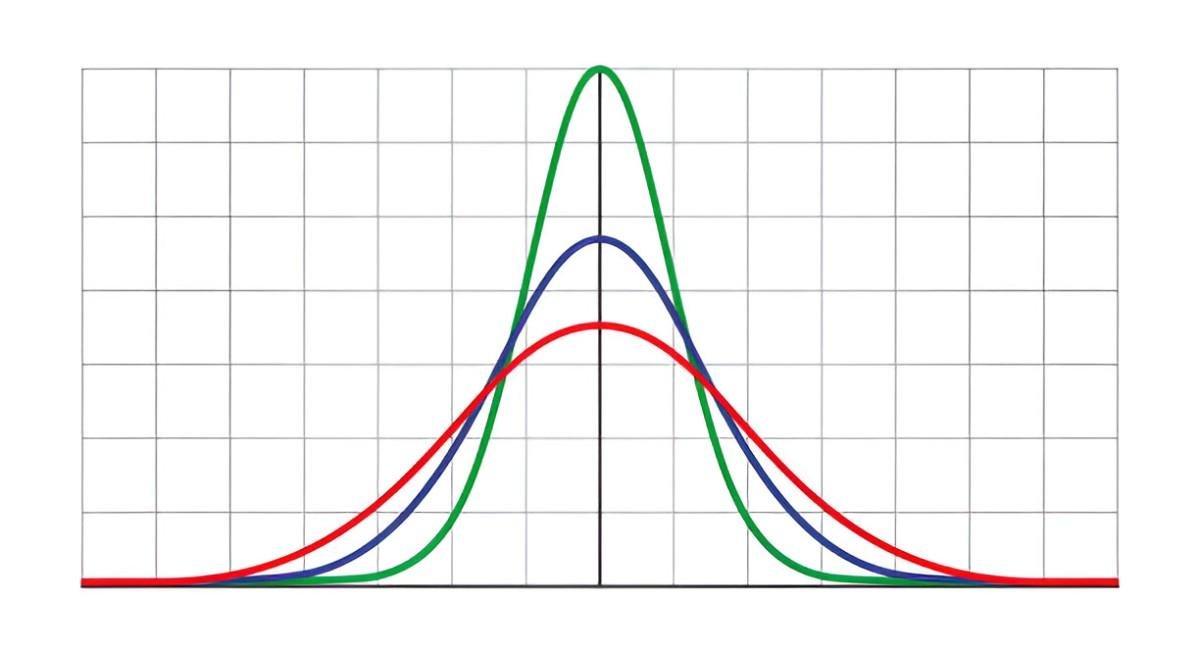Understanding Geometric Mean: A Statistical Measure Explained
As someone who has worked in finance and data analysis for years, I find the geometric mean one of the most underappreciated yet powerful statistical tools. Unlike the arithmetic mean, which most people learn early on, the geometric mean provides a more accurate measure when dealing with multiplicative processes, such as investment returns, population growth, […]
Understanding Geometric Mean: A Statistical Measure Explained Read More »










